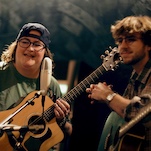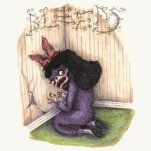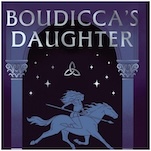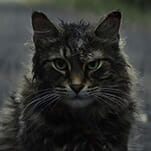Nightwoods by Charles Frazier
Grim Fairy Tale
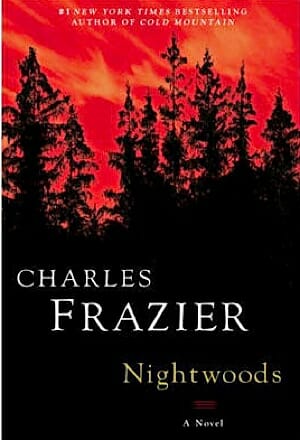
In the opening pages of his new novel, North Carolina writer Charles Frazier describes the arrival of two mysterious children into the care of his protagonist, Luce, a lonely single woman caretaking a derelict lakeside lodge in Appalachia in the 1960s. As Luce talks over the unexpected delivery of these twins with the state official handing them off to her, the children explore their new homeplace:
“She watched the children rove wordlessly about the yard in front of the Lodge. Going slow, but in some purposeful pattern, assessing the space like a pair of water witches looking for the right spot to dig a well.”
What American writer of stature draws more from his settings than Charles Frazier? Since he came onto the American literary scene, Frazier has been roving his native Blue Ridge Mountains like a dowser to find choice stories uniquely suited to his voice and caretaking.
His phenomenally successful first novel, Cold Mountain (1997), transposed the wanderings of Odysseus from high tides to high lands. Inman, an injured, disillusioned Civil War soldier sojourns home through many dangers, toils and snares, finding each unfolding blue ridge of his native mountains a new chapter book of danger and adventure.
Thirteen Moons (2006) similarly taps the story lode of the Blue Ridge. This time, Frazier unscrolled the sorry saga of the displacement of the Cherokee people, one of the most sophisticated Native American cultures of the Western Hemisphere. Old, deep wounds must be nursed, and the mountains hold those stories even today. Consider that certain people of Cherokee descent even now will not carry a $20 bill on their person. Why? The bill bears the image of Andrew Jackson, the military leader (and later U.S. President) responsible for transporting the Cherokee off their native lands and into the western lands on the infamous Trail of Tears.
Nightwoods depends a great deal, like these predecessor novels, on the supercontext of Appalachia—its landforms, rhythms, customs, superstitions, dialects. One can look from the promontory of this third book over Frazier’s publishing career and see how wholly a sense of place shapes him as a novelist. I can’t think of any notable American writer since Faulkner more fully invested in his tiny postage stamp of the world—or in this case his mountain fastness—than Frazier.
Nightwoods brings Frazier’s writing at least 100 years forward in time from his previous books. On hearing of the novel’s 1960s period setting, readers wondered how a more contemporary tale would suit the writer’s indisputable talents as a historic tale-spinner. They needn’t have worried. The novel offers an edgy, blood-limned, grim fairy tale, fenced round by the search of a troubled almost-family looking for closures and healing. It all comes lovingly dressed in the same sharp period detail you expect from Frazier, in full service to suspense, revenge, redemption and lots of other old human verities.
Here’s Frazier’s story. Despite misgivings, Luce takes in Frank and Dolores, the troubled twins, who aren’t yet school age. Problems immediately suggest themselves.
“The day the children came was high summer, the sky thick with humidity and the surface of the lake flat and iron blue. On the far side, mountains layered above the town, hazing upward in shades of olive until they became lost in the pale gray sky. Luce watched the girl and boy climb out of the backseat of a chalky-white Ford sedan and stand together, square to the world. Not really glaring, but with a manner of looking at you and yet not at you. Predatory, with their eyes very much to the fronts of their faces and scoping their surroundings. For whatever next prospect might present itself, but not wanting to spook anybody. Not yet. Foxes entering henhouses, was the way Luce saw it.”
The children do not speak, and it’s plain soon enough that trauma lies at the root of the dysfunction. The twins witnessed the murder of their own mother, Luce’s sister, at the hands of a man who remains at large and who stalks them. He likely abused the children, and their young defenses now insulate them from all other people. Their hurts occasionally flare into expression in less-than-healthy ways. Luce learns very quickly not to leave the twins alone with chickens, for instance. Or with combustible materials.
Luce has her own issues, in the meantime. Her mother abandoned Luce and Lily as little girls, leaving them in the care of their father, a small, lethal ex-GI who works as deputy in the small town across the lake. Imagine Barney Fife as a WWII veteran able to whip men twice his size and take joy in doing it. Throw in a pill habit, and you have Luce’s dear old dad.
-

-

-

-

-

-

-

-

-

-

-

-

-

-

-

-

-

-

-

-

-

-

-

-

-

-

-

-

-

-

-

-

-

-

-

-

-

-

-

-




